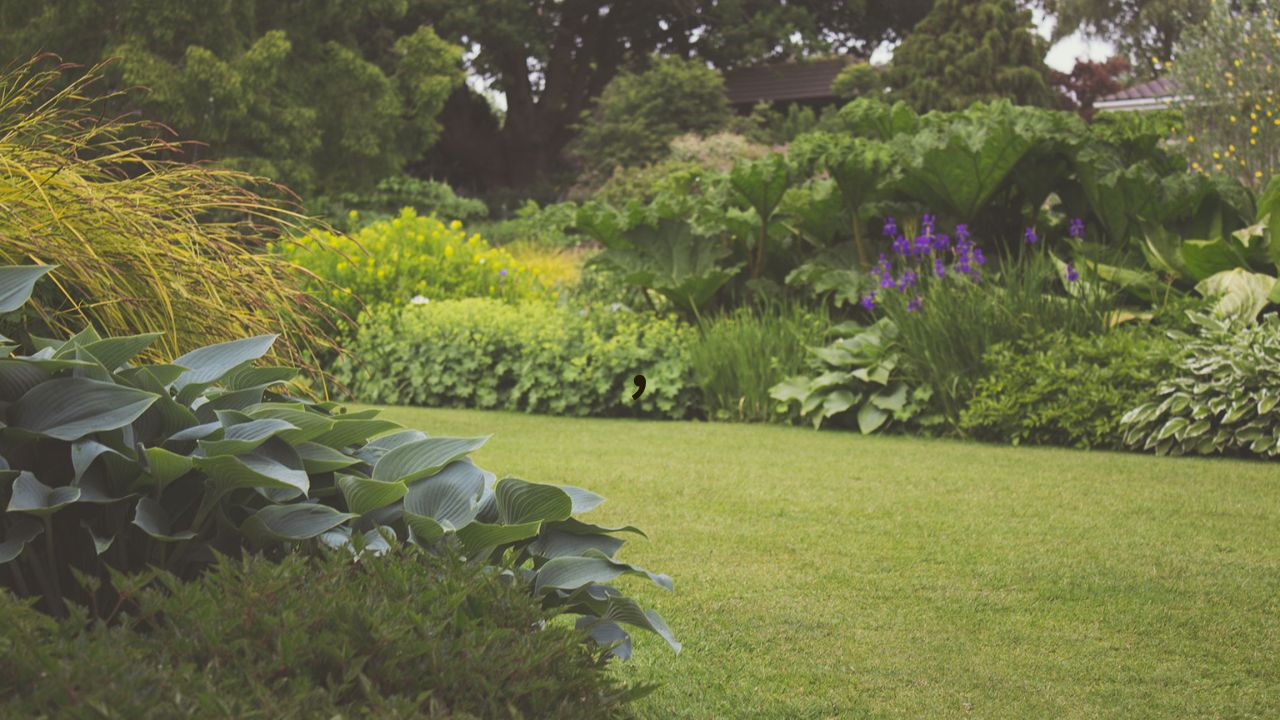Creating a sustainable garden in your backyard not only benefits the environment but also helps you grow fresh produce and maintain a greener lifestyle. A sustainable garden uses eco-friendly methods, conserves water, and promotes biodiversity while reducing the use of harmful chemicals. In this guide, we’ll walk you through the steps to start your own sustainable garden.
1. Choose the Right Location
Overview: The success of your garden largely depends on its location. Select a spot in your backyard that gets sufficient sunlight and has access to water.
- Sunlight Requirements: Most vegetables and fruits need at least 6-8 hours of sunlight per day. Observe the sun patterns in your yard and choose a location with optimal exposure.
- Proximity to Water: Make sure your garden is near a water source, such as a hose or rain barrel, to make irrigation easier.
- Soil Quality: Choose a well-draining area to prevent waterlogging. Avoid locations prone to flooding.
Pro Tip: If you have a shady area, you can still grow shade-tolerant plants like leafy greens or herbs.
2. Plan Your Garden Layout
Overview: Plan your garden layout to maximize space and make it easier to manage. Choose between traditional garden beds, raised beds, or container gardening based on your backyard’s size and soil quality.
- Garden Bed Options:
- Traditional Beds: Suitable for larger yards with healthy soil.
- Raised Beds: Ideal for areas with poor soil or limited space. Raised beds help improve soil quality and drainage.
- Container Gardens: A good option for small spaces or if you want to start small.
- Companion Planting: Research companion planting, where certain plants help each other grow. For example, basil planted near tomatoes can improve growth and deter pests.
Pro Tip: Start with small garden sections and gradually expand as you become more comfortable with gardening.
3. Use Organic and Sustainable Soil Amendments
Overview: Healthy soil is the foundation of a sustainable garden. Use organic soil amendments to enhance soil fertility and structure.
- Compost: Add organic matter like compost to enrich the soil. Compost helps retain moisture, reduces the need for chemical fertilizers, and promotes healthy root growth.
- Mulch: Apply a layer of mulch around plants to prevent soil erosion, conserve moisture, and reduce weed growth. Use organic mulch like wood chips, straw, or leaves.
- Cover Crops: Plant cover crops like clover or legumes during the off-season to improve soil structure and fix nitrogen.
Pro Tip: Avoid synthetic fertilizers and chemical pesticides, which can harm the soil ecosystem and local wildlife.
4. Choose Native and Drought-Tolerant Plants
Overview: Selecting native plants that are well-suited to your local climate helps reduce the need for excessive watering and fertilizers.
- Native Plants: Native plants are adapted to the local environment, making them more resistant to pests and diseases. They also support local pollinators like bees and butterflies.
- Drought-Tolerant Plants: Choose drought-resistant plants to minimize water usage. Some drought-tolerant vegetables include tomatoes, peppers, and squash.
Pro Tip: Incorporate a mix of edible plants (vegetables, herbs) and ornamental plants (flowers, shrubs) to encourage biodiversity.
5. Practice Water Conservation Techniques
Overview: Sustainable gardening emphasizes the efficient use of water. Conserve water by using eco-friendly irrigation methods.
- Drip Irrigation: Install a drip irrigation system to deliver water directly to the plant roots. This minimizes evaporation and water waste.
- Rainwater Harvesting: Set up a rain barrel to collect rainwater for your garden. This reduces your reliance on tap water and lowers your water bill.
- Water Early or Late: Water your plants in the early morning or late evening to reduce evaporation and allow the water to soak into the soil.
Pro Tip: Water deeply and infrequently to encourage plants to develop deep root systems, which can better withstand drought.
6. Adopt Organic Pest Control Methods
Overview: Avoid chemical pesticides that can harm beneficial insects, plants, and soil. Use natural methods to control pests and maintain plant health.
- Natural Predators: Attract beneficial insects like ladybugs and predatory wasps that feed on common garden pests such as aphids and caterpillars.
- Companion Planting: Some plants, like marigolds and nasturtiums, naturally repel pests. Incorporate these into your garden to protect vulnerable crops.
- Handpicking and Barriers: Remove pests by hand or use barriers like row covers or netting to protect your plants from insects and animals.
Pro Tip: Make your own organic pest spray using ingredients like garlic, neem oil, or soap to deter pests without harming the environment.
7. Recycle and Reuse Materials
Overview: Incorporate recycling and upcycling into your garden to reduce waste and make your garden more sustainable.
- Use Recycled Containers: Repurpose old buckets, barrels, or crates as plant containers.
- Build Raised Beds with Reclaimed Wood: Instead of purchasing new materials, build raised beds using reclaimed wood or old pallets.
- Create a Compost System: Use kitchen scraps, garden clippings, and leaves to create a compost pile that will nourish your garden soil.
Pro Tip: Avoid using plastic or non-biodegradable materials in your garden to minimize waste.
8. Encourage Pollinators and Biodiversity
Overview: A sustainable garden thrives on biodiversity. Encourage pollinators like bees, butterflies, and birds to visit your garden, as they play a crucial role in plant reproduction.
- Pollinator-Friendly Plants: Plant flowering plants like lavender, sunflowers, and coneflowers to attract pollinators.
- Provide Shelter: Create habitats for pollinators by including a birdbath, insect hotel, or hedges that offer shelter.
- Avoid Pesticides: Chemical pesticides harm pollinators. Stick to natural pest control methods to protect these essential garden visitors.
Pro Tip: Plant a variety of flowering plants that bloom at different times of the year to ensure pollinators always have access to nectar.
9. Maintain Soil Health with Crop Rotation
Overview: Crop rotation helps prevent soil depletion and reduces the risk of pests and diseases that affect certain plants.
- How to Rotate Crops: Avoid planting the same crops in the same spot year after year. Rotate crops by plant family— for example, follow leafy greens with legumes, and legumes with root vegetables.
- Benefits of Crop Rotation: This practice replenishes soil nutrients, improves soil structure, and breaks the cycle of pests and diseases.
Pro Tip: Keep a garden journal to track what you plant each season and make it easier to rotate crops over the years.
10. Harvest Responsibly and Save Seeds
Overview: Harvest your produce at the right time to ensure you get the best flavor and nutrition. Save seeds from your plants to grow them again next season.
- How to Harvest: Use clean, sharp tools when harvesting to avoid damaging the plants. Some vegetables, like leafy greens, can be harvested multiple times by cutting them a few inches above the base.
- Seed Saving: Allow some of your plants to go to seed, then collect the seeds and store them in a cool, dry place for the next planting season.
Pro Tip: Seed-saving ensures you have a continuous supply of plants that are adapted to your local growing conditions.
Conclusion
Starting a sustainable garden in your backyard is a rewarding way to grow your own food, support the environment, and embrace a greener lifestyle. By choosing the right location, planting native species, conserving water, and using organic methods, you can create a thriving, eco-friendly garden that benefits both you and the planet.
FAQ
1. How do I start a sustainable garden with limited space?
Consider container gardening or vertical gardening if you have limited space. These methods allow you to grow plants efficiently in small areas like balconies or patios.
2. Can I practice sustainable gardening without using compost?
While compost is a great way to enrich soil naturally, you can also use other organic materials like mulch or manure to improve soil health.
3. What are some easy-to-grow plants for beginners in sustainable gardening?
Lettuce, tomatoes, herbs like basil, and root vegetables like carrots are easy-to-grow options for beginners.
4. How often should I water a sustainable garden?
Watering deeply but infrequently is key. Most plants need about 1-2 inches of water per week, depending on the weather and soil conditions.
5. Is it possible to grow a sustainable garden indoors?
Yes, you can grow a sustainable indoor garden using containers and ensuring your plants receive adequate light, either from windows or grow lights.


